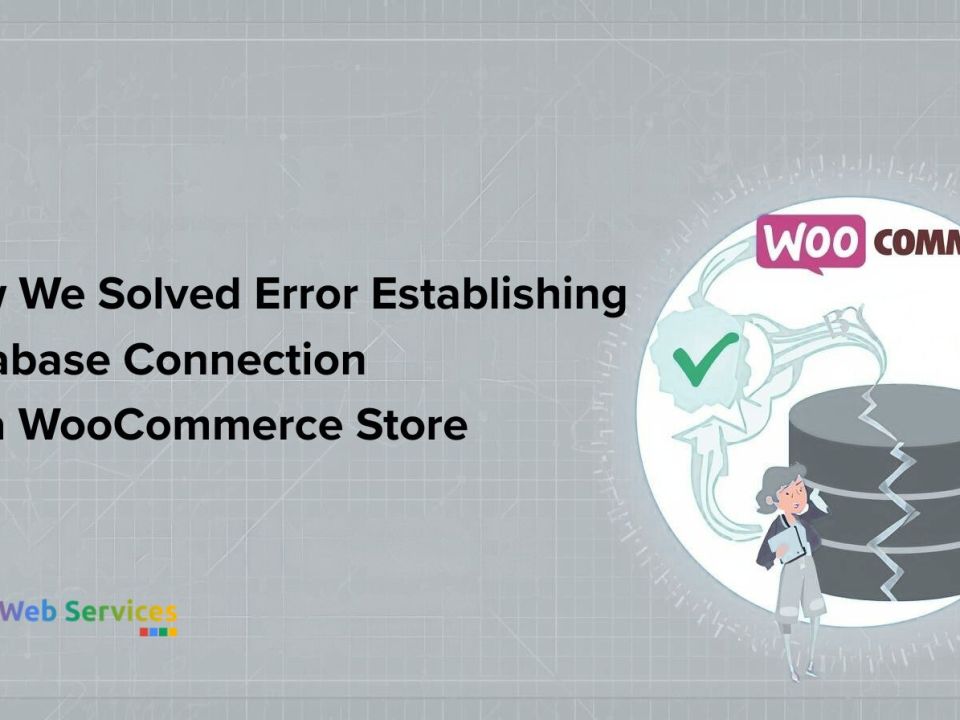Cloud Computing Set To Bring Next Start-Up Boom
3 December 2014Gartner and KPMG Insight: Why Almost 50% World Data will be Held in Cloud
3 December 2014An overhaul is taking place in the broadcast and entertainment industry since consumers are now demanding oriented content and makers of content have out shined the distributors. New technologies in the area of content delivery, workflow and even entertainment devices open up the field for well performing companies whether big or small to take the helm of the industry, and cloud computing is set to affect this greatly by assisting new breakthroughs. Cloud computing is highly cost effective, flexible and reliable and it is therefore a very viable option for players in the entertainment industry.
The change taking place in the media market is as huge an industry changer as the overhaul of the music industry by Apple. In this specific case, a new kind of music player took advantage of innovation to cause major changes in the industry. Apple’s music playing device, the iPod and the iTunes system of music delivery created a new level that captivated users completely changing the industry.
Another example of the same kind is the change that occurred in the banking sector during the late 20th century. Electronic innovations brought about new methods of transaction on the business arena, while the use of ATM’s and access to the internet allowed customers to carry out transactions wherever and whenever they needed to. The whole sector was changed and still continues to heavily rely on the use of these electronic capabilities.
From the broadcasting point of view, changes of the same kind maybe expected brought about by cloud computing. This will in effect create an environment ripe for fierce competition. This industry is curbed by captivating hurdles which can be solved by use of cloud computing. There are numerous devices including TV’s, PC’s, mobile phones and tablets which call for a business structure that can recapture a greatly divided audience to enable it make revenue.
- Due to great emphasis on access by the customer, the digital value chain has been completely turned upside down. What was the sole reserve of the distributors has been taken over by the content makers which further disrupts the chain of delivery.
- Technically what is required is also changing; distributors and providers of content need sizable IT solutions to remain viable. With the immense demand for new capacity levels current infrastructure can simply not keep up.
- Speed and rapid innovations are necessary to adapt to a new environment. Organizations need more computing ability to make work flow smoother, improve on business analytics and to take into consideration feedback from users in sale and service dynamics.
These and other challenges facing the broadcasting industry are posed to corner the players in the industry to turn to the easily accessible, cheap and efficient solutions provided by cloud computing. Cloud computing offers a chance to broadcasting enterprises to have direct access to their customers. Factoring in that this is to be done at very low costs and it is inevitable that any sensible entrepreneur will opt for this option.
Cloud computing allows for all companies in spite of size to compete on capacity to store data, digital content distribution and computing power for business solutions. Due to these challenges, organizations must come up with new strategies to place them in the lead. Lying back and watching while others try out the new technology will sideline organizations while competitors take advantage of the enormous opportunities the cloud has to offer.
Potential of the cloud
The cloud allows its users ranging from content users, content providers and distributors to attain computing power online in spite of their physical location. Basically computing clouds are very large online centres of data with numerous servers hosting web applications. The services provided by the cloud can be bought through the internet and activated or deactivated as need be.
Though still in its initial stages, cloud computing has the potential for quick and widespread acceptance as heads of many organizations across all industries start to learn how it can be used. Providers of the service are also increasing pioneered by organizations such as Google, Microsoft and Amazon and new entries such as salesforce.com which deal with specified business functions.
Through use of the cloud computing, resources can be obtained quicker and cheaper than through the older way of hardware acquisition. In comparison with the long time it takes to buy and setup hardware necessary to process large data amounts, the cloud can be scaled up and be usable in a matter of minutes. Due to these almost unlimited infrastructural resources being available, it is possible for a digital supply chain to change much faster to accommodate change in demand.
To add to the accessibility and cost effectiveness of cloud computing, it also improves customer experience and workers’ productivity. Companies can leave the handling of hardware maintenance, upgrades and all other responsibilities that come with maintaining a database to the cloud provider, leaving itself free to concentrate on managing content and business operations.









